Pigeon Post and Wire Kit for Masonry – 90m Kit
£312.95
This kit contains everything you need for post and wire proofing for pigeons when drilling into masonry.
Our Customer Promise...
- As chosen by Pest Professionals
- Advice from qualified pest controllers if needed
- Competitive online prices
- Free Delivery on orders over £150
- No hassle refunds
Description
• Ideal for proofing masonry cornices, ledges, parapets, sills, balustrades and buttresses
• All metal components made in stainless steel
• Everything you need to complete the job in one handy kit
• Available in 15m, 30m, 60m & 90m kit variants
• Enough components for a double run of wire and posts set up to 65mm apart
• For kit component list see “more information”
• Can be used on brick, natural stone, concrete, render and reconstituted stone
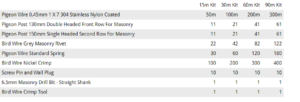
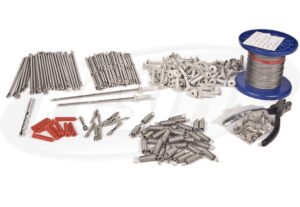
This kit is intended for use on masonry substrates only. If you require post & wire to be used on other substrates then you should consider using our surface mount kit or our range of specialist brackets for gutters, steel beams and pipes or rails.
This kit provides sufficient materials for a run of front 130mm double-head posts followed by a parallel second row (max 65mm behind first row) of single-head 150mm posts.
Once the posts are seated in their 25mm nylon masonry anchor rivets the heads of the posts will be at 105mm and 125mm.
Maximum linear distance between pigeon wire posts = 1500mm (1.5m).
Pigeon wire should be spring tensioned every 1500mm (1.5m) along its run, i.e. the wire should stop at a spring on each post and start with a newly crimped section of the other side of the post.
In doing so you are spreading the load evenly across the post system and thus avoiding spring overload.
Do not thread the pigeon wire through the eyelets of the post and onwards to the next post, as this will cause the system to sag and go out of shape.
The system should be counter-tensioned at the end of each run using the screw-pin and plugs provided. To avoid the system from sagging do not use springs in the counter-tension wires.

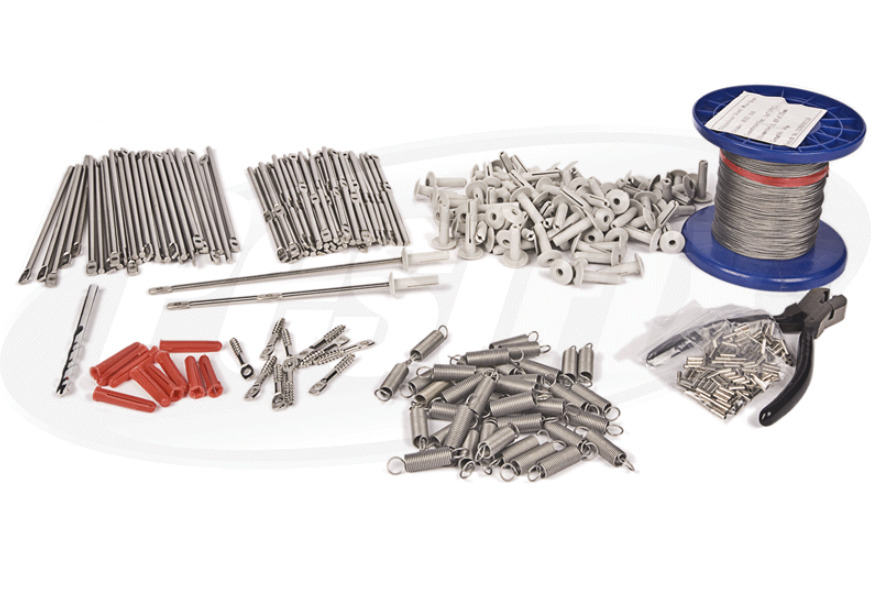
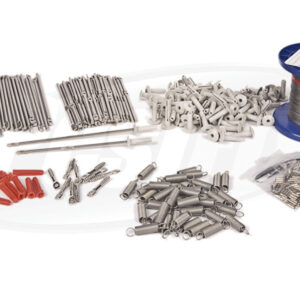
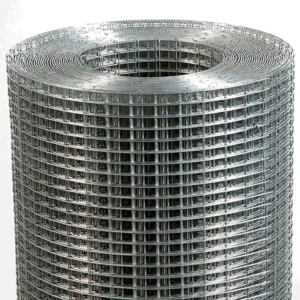
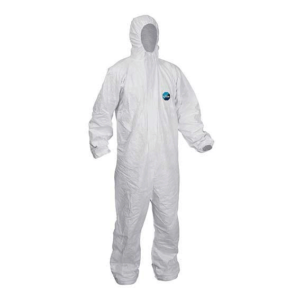
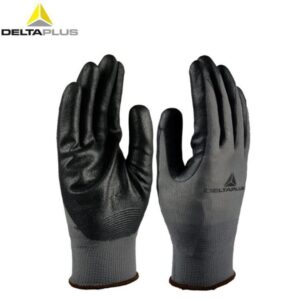
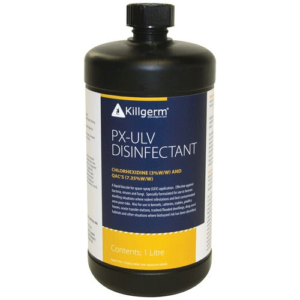
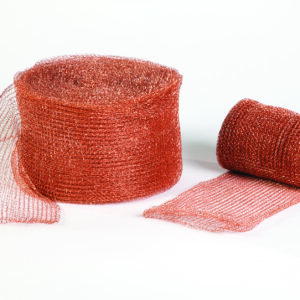 STUF-FIT Copper Proofing Mesh: 20 Foot Roll
STUF-FIT Copper Proofing Mesh: 20 Foot Roll